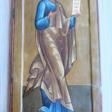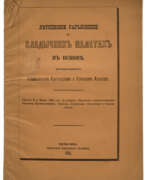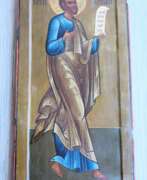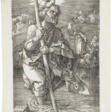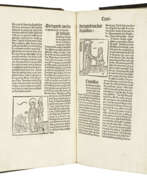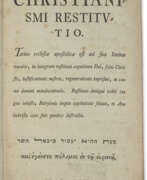Religious genre

Religious genre
Religious genre in art is an expansive field that has captivated artists, collectors, and art enthusiasts for centuries. This genre includes an array of subjects and themes derived from religious texts, beliefs, and iconography, predominantly from Christianity but also from other religions worldwide.
One of the most alluring aspects of the religious genre is its ability to convey profound moral and emotional messages through visual narratives. Historically, Christian art has often been allusive, utilizing themes familiar to the observer, with common subjects including scenes from the life of Jesus Christ and the Old Testament. This art form served not only as an aesthetic expression but also as an educational tool for the illiterate, employing an elaborate iconographic system to identify scenes and figures, such as saints depicted with specific attributes or symbols (Wikipedia).
Early Christian art, dating back to around the year 70, is notable for its survival and evolution from Roman art styles. By the time of the Byzantine Empire, a more abstract aesthetic replaced earlier naturalism, focusing on conveying religious meaning over realistic representation. This stylistic shift was significant, as it marked a departure from the Hellenistic art's focus on realistic perspective and proportions (Wikipedia).
The Renaissance period marked a resurgence in the production of religious art, with monumental secular works also gaining prominence. Artists like Michelangelo, Leonardo da Vinci, and Sandro Botticelli produced iconic religious artworks during this era, many of which were commissioned by churches and the clergy (Wikipedia). For example, Leonardo da Vinci's "The Last Supper," a mural in the Dominican convent of Santa Maria Delle Grazie in Milan, is a profound representation of a pivotal moment in Christian narrative (The Catholic Company®).
In modern times, while religious art has seen a decline in popularity compared to historical and genre painting, it still holds a significant place in the art world. The 19th century witnessed the emergence of religious scenes in various art forms, including paintings and frescoes by artists of the Renaissance and Dutch Baroque periods. Icon painting also evolved as a distinct form, focusing on saints, martyrs, and biblical stories, characterized by linear execution and elongated figures (Arthive).
For collectors and enthusiasts in the art and antiques world, the religious genre offers a rich tapestry of history, culture, and spirituality. The enduring appeal of this genre lies in its ability to connect the divine with the human experience, transcending time and geography.
| Country: | America, Asia, Europe |
|---|
